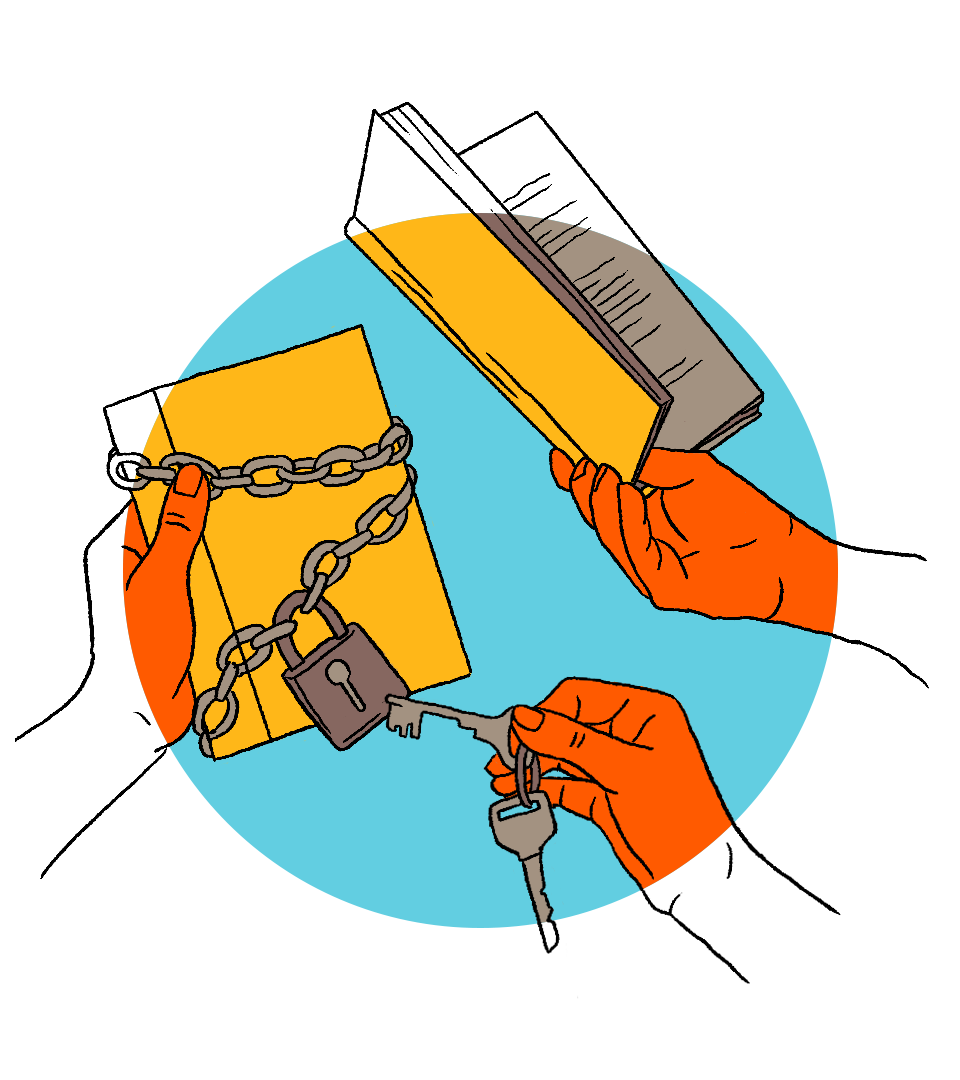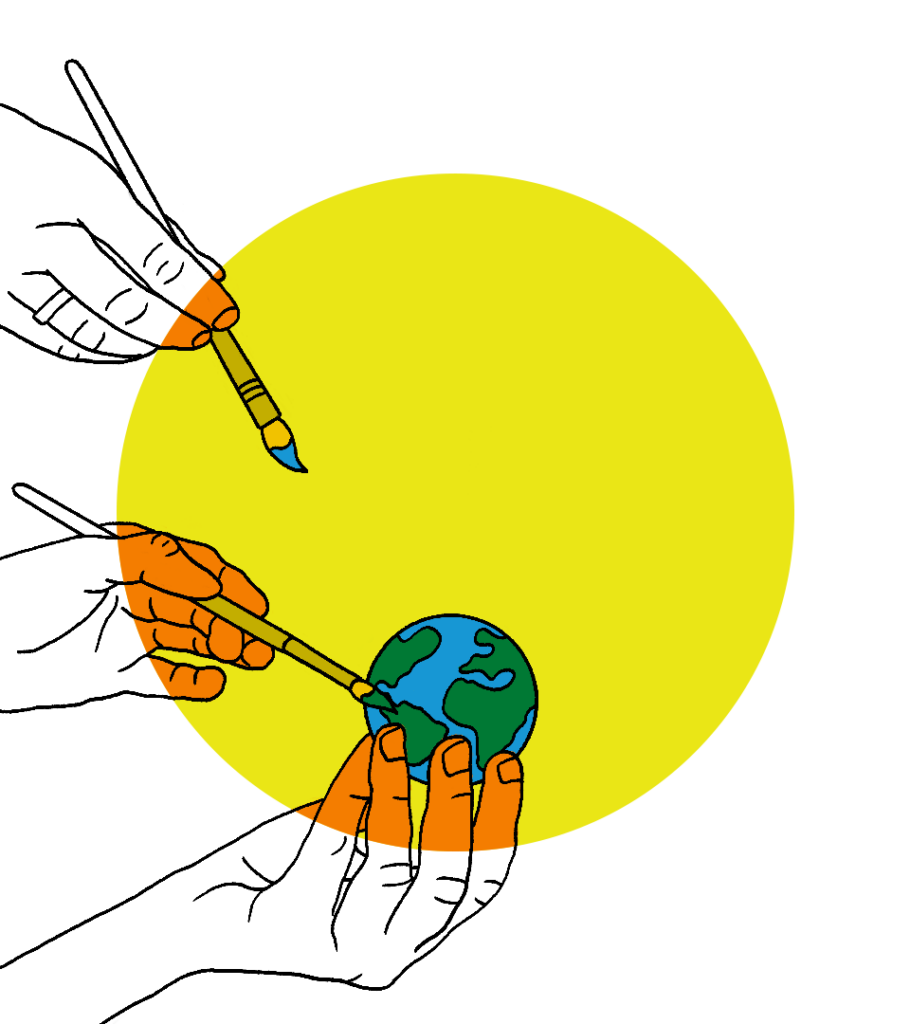The Parthenon of Forbidden Books is a work of art that was presented for the first time in the City of Buenos Aires in 1983, a few weeks after the return of democracy in Argentina, and was reissued at the 14th documenta in Kassel, Germany, in 2017 in support of freedom and human rights. More than 30 years after its first presentation, the message is as current and necessary as it was then – and artistic expression is the continuum that proclaims and provides a warrant for a better existence.
At first, The Parthenon of Forbidden Books seemed an impossible work of art, but when I built it I made it possible. The Parthenon of Forbidden Books is a conceptual work that is expressed through the scripts of authors, intellectual people, experts in the world of censored ideas and those deprived of expression. I trust that monumentality brings to life the dormant wisdom of every silenced phrase; this artwork is an invitation to recover poetry and joy. I work with books because they are the vehicle for intelligence: people learn to think with them.

Photo credit: Marta Minujin Archive
The Parthenon in Athens is the first occidental tribute to democracy. Back in 1983, I saw the significance of sharing this symbol with the Argentine people as a promise of a new way of living, a better existence. Words always intrigued me: I believe in their power; cultures live in their sayings. That is why I brought together the occidental symbol of democracy – as in the universal myth – with the suppressed words, to honour expression. Today, The Parthenon of Forbidden Books embodies a global movement that emphasises the right to choose and belong to a culture.
The history of documenta in Kassel is in itself a history of overcoming, of innovation that finds in the arts – in their most contemporary expression – the power to bring the community together, restoring the feeling of unity and belonging. Recreating The Parthenon of Forbidden Books in Kassel multiplied its meaning and integrated thousands of individual and collective stories in a common democratic coexistence. It is in this collaborative exaltation that the work finds its meaning. It is an artwork of thought and reflection; it is a memorable piece open to the planet. I wanted to create something impressive, large, overwhelming in size. The book donation was an enterprise in itself, creating a participatory work of art. We put together a list of censored books and launched a campaign to encourage people to donate their manuscripts. We needed about 100,000 books that progressively completed the architectural structure during the 100 days of the documenta exhibition. The books were vacuum packed and then hung with metal seals, coated with plastic. I assembled it and the public disassembled it and took a book home. It’s a work of art in process, ephemeral and involving mass participation.

Photo credit: Marta Minujin Archive
I often repeat: Art, art, art to live in art! This is the type of art that invites us to be more tolerant, more human, more inclusive, more empathetic, and it is the art I choose to share with you today. May artistic expression continue to be the manifestation that moves desire, the poetry that brings us together and the emotion that allows us to dream of a better future. Because art can save the world!








